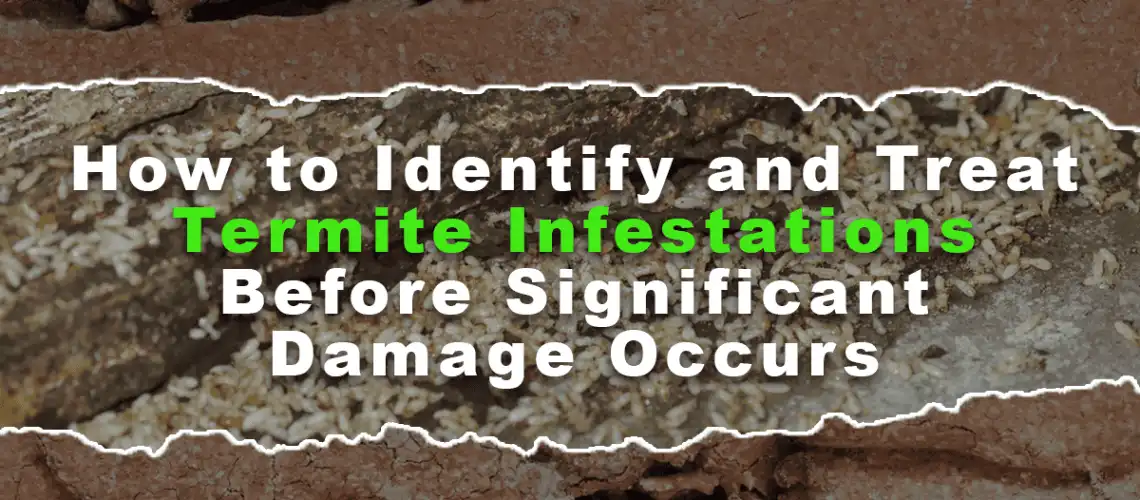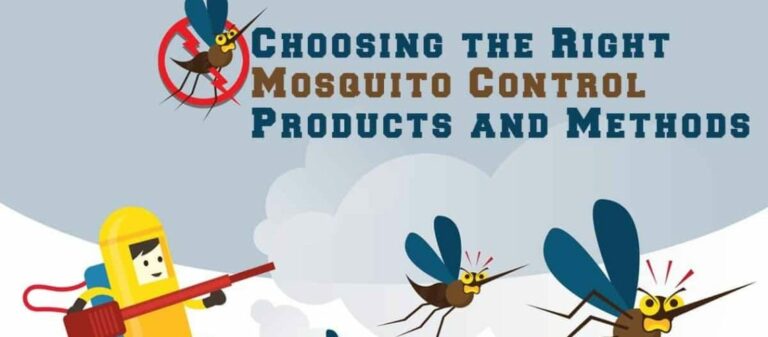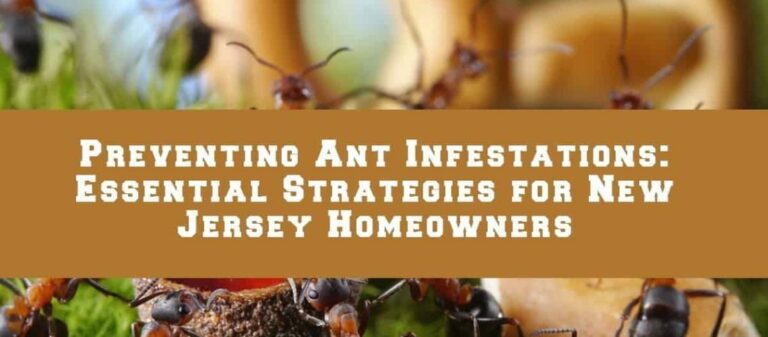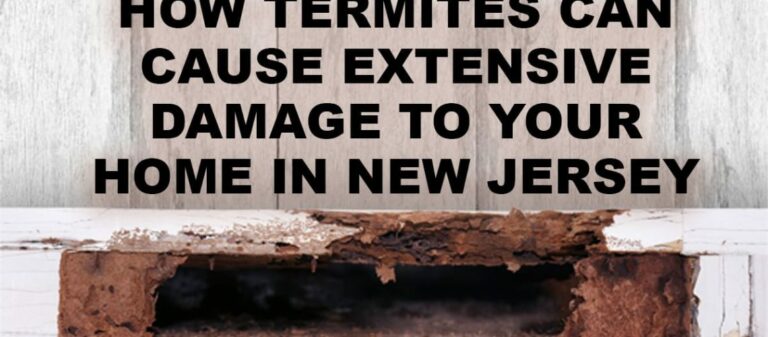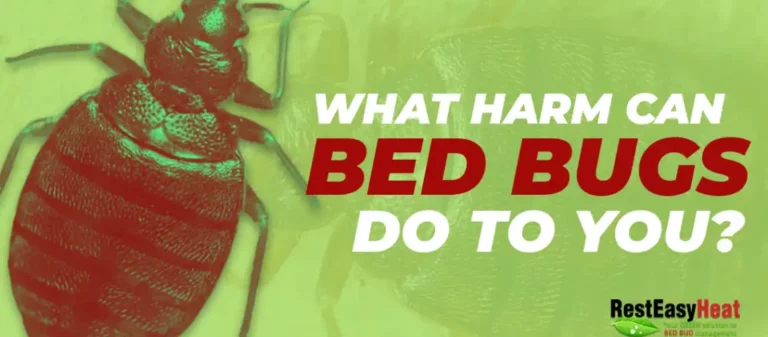Termites are destructive pests that can wreak havoc on homes and structures, making it crucial to identify and treat infestations promptly. Understanding termite habits and behaviors is key to effectively combating these pests. Termites are social insects that live in large colonies and feed on cellulose found in wood and other plant materials. They operate silently, making their presence difficult to detect until extensive damage has already been done. Fortunately, termite pest control in Toms River, NJ, can ease your termite problems.
By familiarizing ourselves with termite habits, we can proactively protect our properties and prevent infestations from escalating. In this article, let us discuss further the importance of identifying and treating termite infestations early.
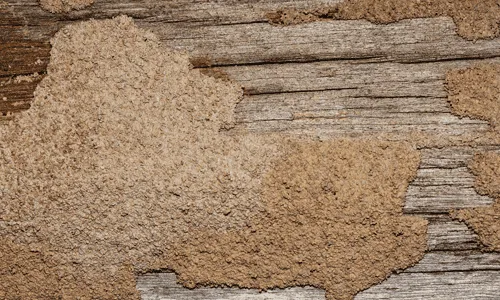
Signs of Termite Infestations
Detecting termite infestations is crucial for prompt action. There will be visible and hidden signs. Either way, awareness of these indicators allows us to identify and treat termite infestations before they cause irreparable harm. Stay informed by learning these signs below:
A. Visible signs
- Swarmers: Termite swarmers are winged reproductive termites that emerge in large numbers, often resembling flying ants. Their presence indicates an active termite colony nearby.
- Discarded wings: After swarmers mate, they shed their wings, leaving piles of discarded wings near entry points or windowsills. This is a clear sign of a termite infestation.
- Mud tubes: Termites construct mud tubes as protective tunnels for traveling between their nest and food sources. Typically found along walls or foundation areas, these tubes indicate an ongoing termite presence.
B. Hidden signs
- Damaged wood: Termites feed on wood from the inside out, resulting in hollowed or damaged wood. Look for unexplained cracks, buckling, or weakened structures as signs of termite activity.
- Soft or hollow-sounding wood: Tap on suspected infested wood, and if it sounds hollow or produces a smooth, papery noise, it may indicate termite damage within.
- Piles of sawdust: Termites push out their fecal matter, resembling small pellets or sawdust piles. These “frass” deposits near wooden structures are a hidden indication of termite infestation.
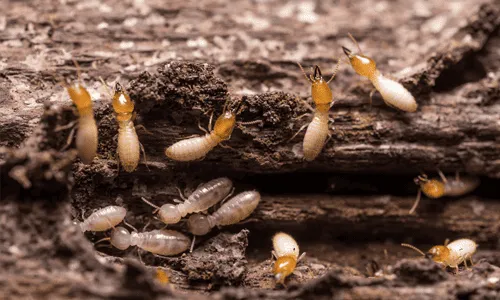
Prevention of Termite Infestations
Focusing on preventing termite infestations can proactively minimize the risk of termite attacks and the subsequent damage they can cause. Let us explore in this section different effective measures you can implement.
- Moisture control: Termites thrive in moist environments, so reducing excess moisture is essential. Fix leaks, ensure proper drainage, and maintain adequate ventilation in basements and crawl spaces.
- Regular inspections: Regularly inspecting your property for signs of termites is important. Look for mud tubes, damaged wood, or discarded wings. Promptly address any issues discovered during inspections.
- Eliminating wood contact with soil: Termites can easily access structures through wood-to-soil contact. Create a barrier by keeping wooden structures elevated and away from direct contact with the ground.
By implementing these prevention strategies, you can significantly reduce the risk of termite infestations and protect your property from their destructive impact. Stay vigilant and take proactive measures to keep termites at bay.
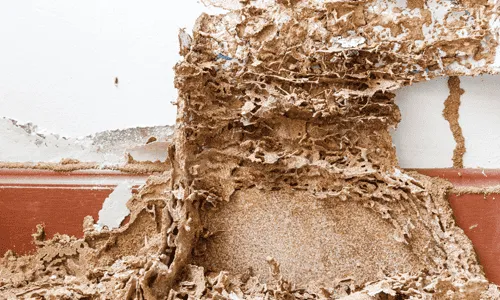
Treatment of Termite Infestations
When it comes to combating termite infestations, there are various termite pest control options available. Let us explore both chemical and non-chemical treatment methods.
A. Chemical treatments:
- Liquid termiticides: Liquid termiticides are widely used to create a chemical barrier around the structure, preventing termites from entering or eliminating those already present. These treatments are applied to the soil surrounding the building’s foundation or directly to infested wood.
- Bait systems: Bait systems strategically place bait stations around the property. These stations contain slow-acting toxicants that termites consume and then spread to the rest of the colony. Bait systems are a targeted approach and can be an effective and environmentally friendly solution for termite control.
B. Non-chemical treatments:
- Heat treatment: It is a termite pest control that involves raising the temperature of the infested area to a level lethal to termites. This method penetrates deep into the wood, eliminating termites in all life stages, including eggs.
- Cold treatment: Cold treatment utilizes extremely low temperatures to kill termites. This method involves exposing infested items or areas to sub-zero temperatures for a specific duration.
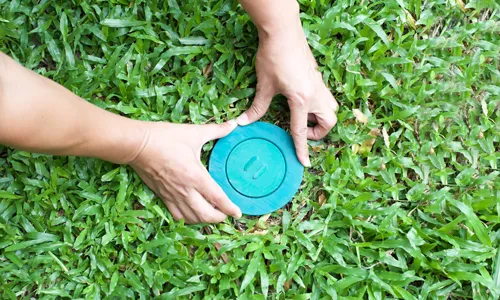
Professional vs. DIY Treatment
When it comes to treating termite infestations, homeowners often decide whether to hire professional termite pest control services or attempt a do-it-yourself (DIY) approach. Let’s explore the benefits and drawbacks of each option and discuss key factors to consider before making a decision.
A. Professional treatment:
Benefits:
- Expertise and experience
- Comprehensive solutions
- Long-term prevention
- Access to specialized equipment
Drawbacks:
- Higher upfront cost
- Scheduling and inconvenience
- Reliance on external services
B. DIY treatment:
Benefits:
- Immediate action
- Budget-friendly, especially for minor or localized infestations
- Convenience and control
Drawbacks:
- Limited expertise
- Higher risk of incomplete eradication
- Lack of long-term prevention
Factors to Consider Before Deciding What Treatment to Choose
- The severity of the infestation
- Property size and complexity
- Time and effort
- Personal safety and comfort
- Long-term peace of mind
Ultimately, the decision between professional and DIY treatment depends on these factors. Consulting with a pest control professional can provide valuable guidance and help determine the most suitable course for your specific termite problem.
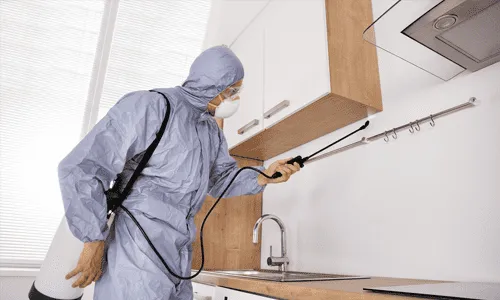
The Takeaway
In conclusion, promptly identifying and treating termite infestations is paramount to preventing significant property damage. Termites are relentless pests that can cause structural issues and compromise the safety and value of your home. Taking immediate action, like applying termite pest control in Toms River, NJ, can minimize the potential risks and save you from costly repairs in the long run.
To effectively address termite infestations, we recommend a two-fold action plan. First, consult a professional pest control service to inspect and implement appropriate treatment methods thoroughly. Secondly, practice regular inspections, maintain moisture control, and eliminate wood-to-soil contact to prevent future infestations.
By staying vigilant, taking proactive measures, and seeking professional assistance, you can protect your property from the devastating effects of termite infestations. Don’t wait until significant damage occurs – act now to safeguard your home and enjoy peace of mind.

